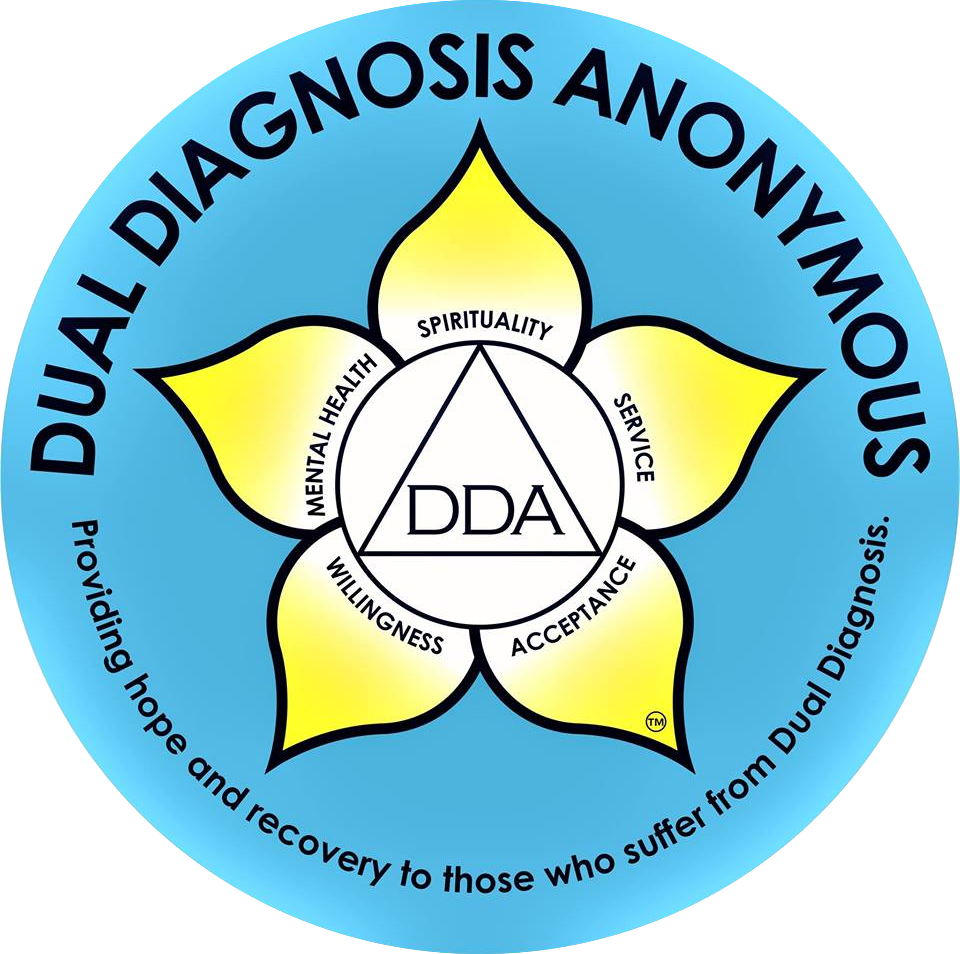
Photo by Karsten Moran for The New York Times
Three articles appeared recently that shed more light on a disturbing trend.
First, a New York Times editorial begins by reporting on how “adult-onset” (Type 2) diabetes is now increasingly common in kids:
A study of diabetes in overweight and obese youngsters bears an ominous warning about future health care trends in this country. It found that Type 2 diabetes, a new scourge among young people, progresses faster and is harder to treat in youngsters than in adults. The toll on their health as they grow older could be devastating.
Next, the AP reports on a new CDC study:
The obesity epidemic may be slowing, but don’t take in those pants yet.
Today, just over a third of U.S. adults are obese. By 2030, 42 percent will be, says a forecast released Monday.
The ticking time-bomb is that so many kids are overweight, and therefore – according the study’s lead author – part of the reason for the continuing rise is that the population is growing and aging. People ages 45 to 64 are most likely to be obese.
Lastly, beyond the personal pain and suffering the data represents, the costs are huge. The AP quotes a CDC study co-author as saying, “If nothing is done, this is going to really hinder efforts to control health care costs.”
The Oregonian covers a new report from the Oregon Health Authority, and the headline says it all, “Medical cost of obesity in Oregon: $1.6 billion a year.” Physical inactivity and poor diets are among the causes the Health Authority is trying to address. Oregon has less obesity than the average state, but we can do much better.
Read more:
- New York Times editorial
- The AP reports on a new CDC study
- Medical cost of obesity in Oregon: $1.6 billion a year in The Oregonian
- Oregon Overweight, Obesity, Physical Activity and Nutrition Facts (PDF from the Oregon Health Authority)










And here’s another data point from The New York Times:
“Nearly one in four American adolescents may be on the verge of developing Type 2 diabetes or could already be diabetic, representing a sharp increase in the disease’s prevalence among children ages 12 to 19 since a decade ago, when it was estimated that fewer than one in 10 were at risk for or had diabetes, according to a new study.”
This conclusion is based on a study in the journal Pediatrics, analyzes data from the National Health and Nutrition Examination Survey, which has a nationally representative sample.
» Read more
See also, “Obesity-Linked Diabetes in Children Resists Treatment” from the same reporter.